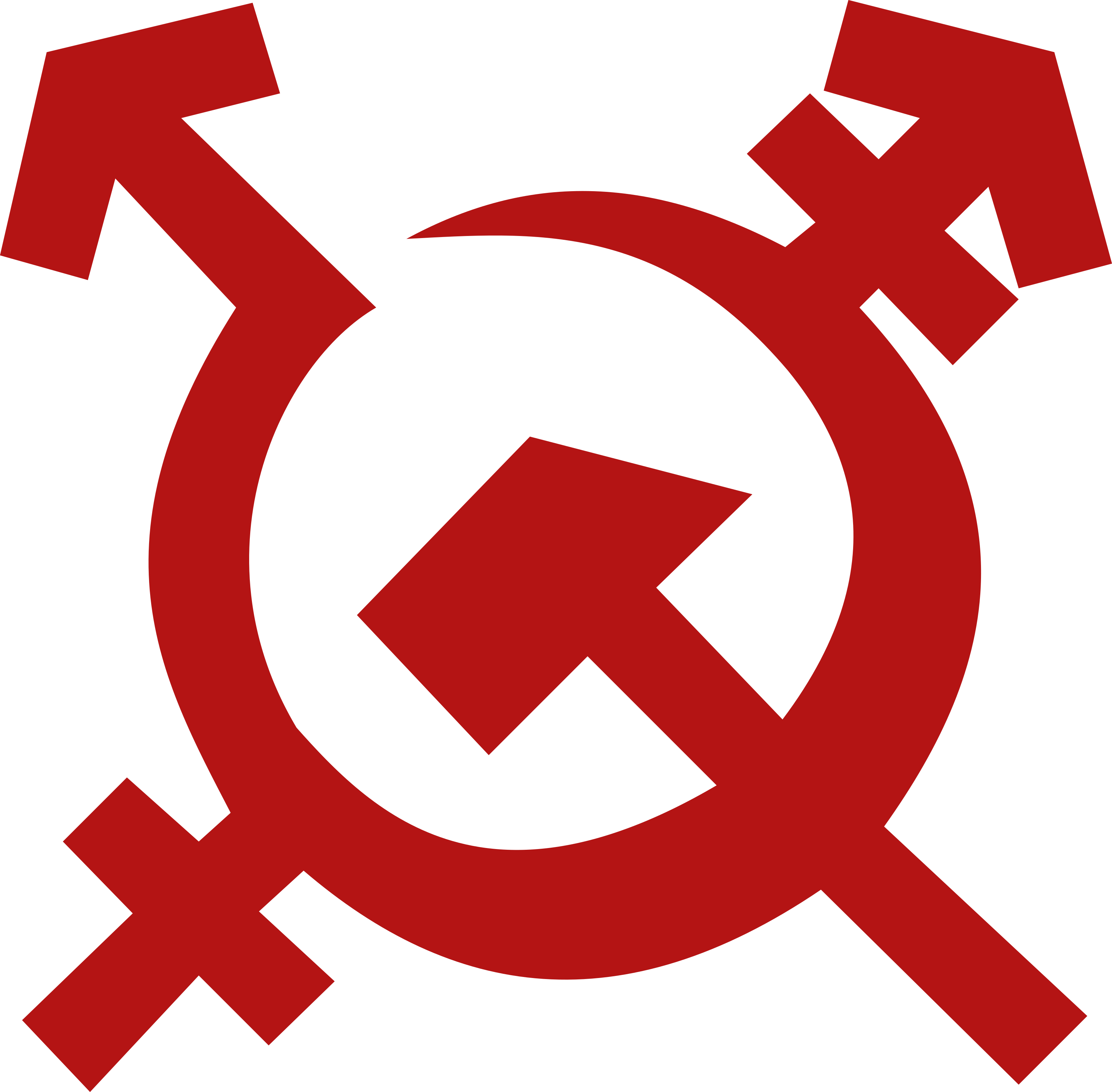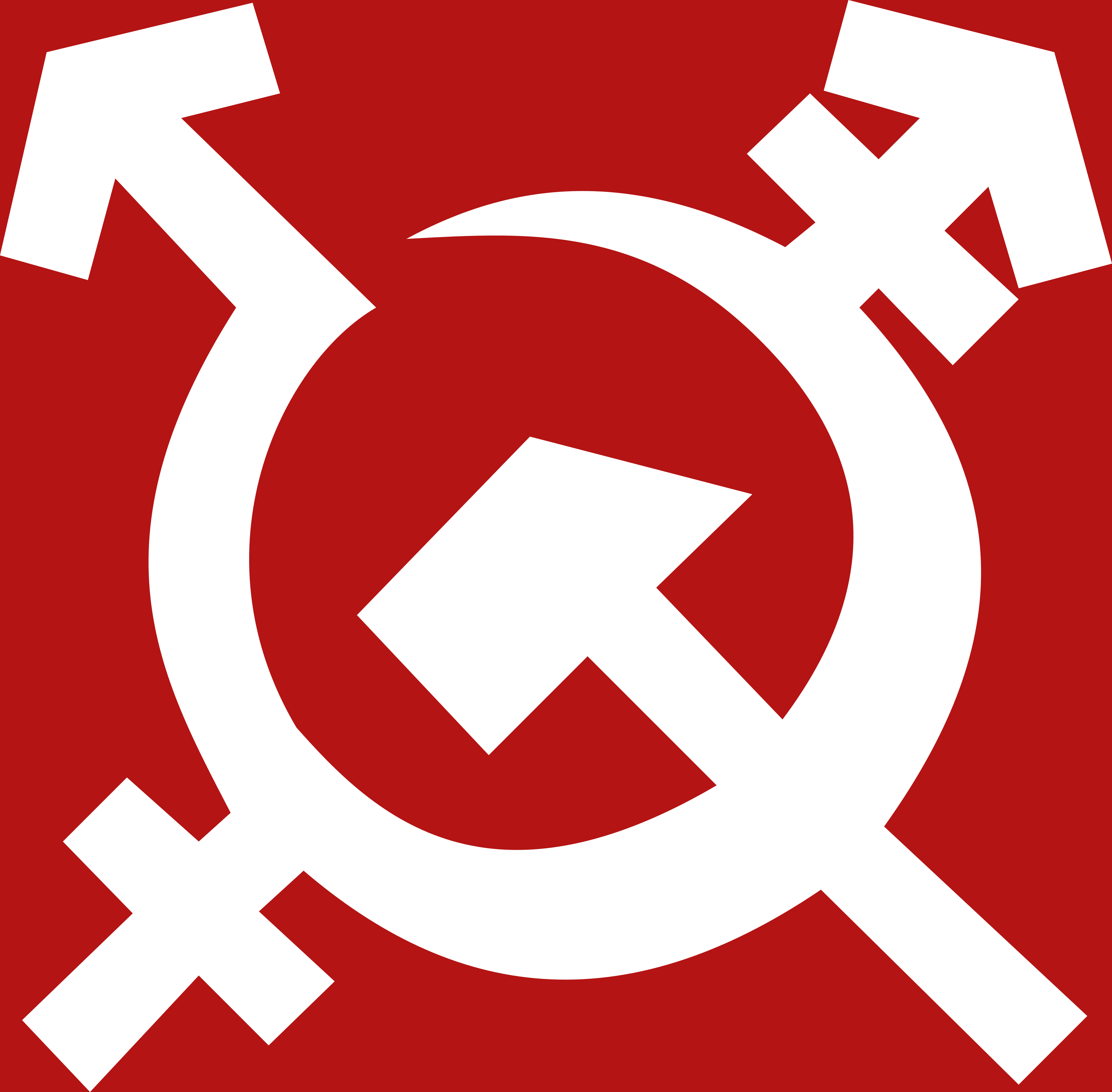More languages
More actions
m (Add changes in the introduction text and the meaning for "Queer") Tag: Visual edit |
Jucheguevara (talk | contribs) (clarified some intro text) Tag: Visual edit |
||
| Line 1: | Line 1: | ||
[[File:Communist LGBTQ+ symbol.png|thumb|Proposed communist LGBTQ+ symbol representing cisgender and transgender in the classical hammer and sickle.]] | [[File:Communist LGBTQ+ symbol.png|thumb|Proposed communist LGBTQ+ symbol representing cisgender and transgender in the classical hammer and sickle.]] | ||
[[File:Proposed alternative to the communist LGBTQ+ symbol.png|thumb|Proposed alternative, in red background, to the communist LGBTQ+ symbol.]] | [[File:Proposed alternative to the communist LGBTQ+ symbol.png|thumb|Proposed alternative, in red background, to the communist LGBTQ+ symbol.]] | ||
'''LGBTQ+''' is the | '''LGBTQ+''' is an initialism which stands for lesbian, gay, bisexual, transsexual, queer, et al. (the "+" sign). It is the umbrella term used for sexualities that are non-heterosexual or non-cisgender. These people tend to be stigmatized, discriminated, and [[Materialism|materially]] oppressed due to their sexual and gender identity and expressions, and as such they are often revolutionary and stand in opposition to the status quo. The main symbol that identify this community is the rainbow flag.<ref name=":0">https://www.ecured.cu/LGBTI</ref> Although, inside some [[Communism|communist]] circles some other symbols can be used to represent the community, like the proposed symbol representing cisgender and transgender in the classical [[hammer and sickle]] may be used. | ||
== Acronym == | == Acronym == | ||
Revision as of 18:50, 27 November 2020


LGBTQ+ is an initialism which stands for lesbian, gay, bisexual, transsexual, queer, et al. (the "+" sign). It is the umbrella term used for sexualities that are non-heterosexual or non-cisgender. These people tend to be stigmatized, discriminated, and materially oppressed due to their sexual and gender identity and expressions, and as such they are often revolutionary and stand in opposition to the status quo. The main symbol that identify this community is the rainbow flag.[1] Although, inside some communist circles some other symbols can be used to represent the community, like the proposed symbol representing cisgender and transgender in the classical hammer and sickle may be used.
Acronym
Each term in the acronym refers to a specific group and the surrounding community.
- Lesbian: refers to women with a homosexual sexual orientation, i.e., exclusive to other women.
- Gay: refers specifically to men with an exclusively homosexual sexual orientation, towards other men.
- Bisexual: refers to people who are attracted to people of both genders.
- Transgender: refers to those who, although their body is female or male, their ideas, feelings and desires do not correspond to their biological sex).
- Queer: umbrella term for sexual and gender minorities who are not heterosexual or are not cisgender.
- Plus (+): encompasses all spectrums of sexuality and gender.[1]
LGBTQ+ by country
China
Although Taiwan being the first asian region to legalise the modern form of same-sex marriage, such unions have been recognised across the continent in various guises for centuries. Southern China, in particular, was known for a widespread acceptance of homosexual relationships. Shen Defu, a Chinese writer during the Ming dynasty, wrote that it was common for men of all social classes in Fujian province to take male lovers. These forms of gay “marriage” were prevalent enough in Fujian that there was even a patron deity of homosexuality, the rabbit. In the early modern period, marriages between two people of the same assigned sex but who identified as different genders, were fairly normal in many parts of Southeast Asia, we know this primarily from the records Europeans kept when they landed on Asian shores.
When Europeans first encountered Chinese society, they were shocked and repulsed about one aspect of Chinese society: the “abominable vice of sodomy”. Later the acceptence of gender and sexual diversity began to be eroded through the introduction of world religions (particularly Christianity), modernity, and colonialism. After the Chinese were defeated by Western and Japanese imperialists, many Chinese "progressives" in the early 20th century sought to modernise China, which meant adopting “modern” Western ideas of dress, relationships, science and sexuality. It also meant importing European scientific understandings of homosexuality as an inverted or perverted pathology. These “scientific ideas” were debunked in the 1960s in the West, but lived on in China, frozen in time, and have only recently begun to thaw with the rise of LGBTQ+ activists in Asia.[2]
